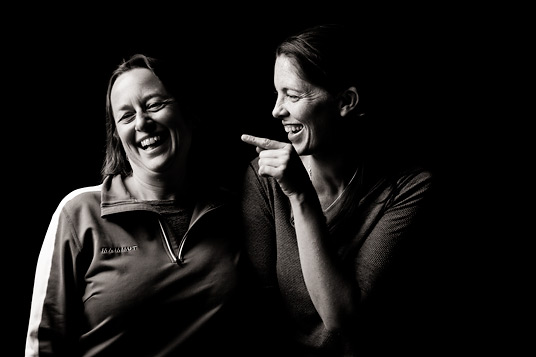
Sarah Rabkin
Hummingbird nostril hitchhikers (with Arya Degenhardt)
THEMES: Definitions, Personal Practice, Conservation | WORKSHOP: Synthesis
Biography
Sarah Rabkin
Sarah is a teacher, editor, visual artist, and writer; her nonfiction collection What I Learned at Bug Camp: Essays on Finding a Home in the World was published in May 2011. She studied science communication in graduate school at UC Santa Cruz and has taught in UCSC’s writing and journalism programs and environmental studies department since 1985. Writing and sketching serves her as conduits to a closer relationship with the world; she leads outdoor illustrated-field-journal workshops as a way of sharing those tools. Sarah grew up in the San Francisco Bay Area, went to college in New England, and taught high-school science in Colorado before putting down roots on the shore of Monterey Bay. She has served on the board of the Natural History Network for the past two years.Conversations:
Workshops:
Transcript
Sarah Rabkin: I took this field class with a guy in Point Reyes, a really wonderful all-around naturalist who had lived in that area for a really long time. And this class was billed, I think, as a butterfly or a wildflower class, but he was going to stop anytime something jumped out at him. He just had stories to tell about everything. It was one of those times when you set out for a three-mile walk and you get maybe a quarter mile down the trail, and that was just fine by me.
So we're going off in search of some butterfly, and all of a sudden ten yards in, we're stopping to look at these paintbrush flowers and he goes, 'So see the hummingbirds visiting these flowers? What you can't see are the hitchhikers.' And then he told us this story about these tiny little mites that grow, reproduce and live in the paintbrush flowers.
The trouble is that they are utterly dependent on these paintbrush flowers. When the flower season is over and the flowers wither and dry up, the mites desperately need to get to another one of those same kind of flowers, and those flowers that are still blooming are hundreds of miles away. So they solve this problem by leaping from the flower into the nostrils of the visiting hummingbirds. Then the hummingbirds fly them to Mexico, where when they get to the next one of those paintbrush flowers, the mite hops off the nostrils.
My jaw dropped when I heard this story, and I just felt fluttered with joy. The practice of natural history is a practice of attention, gratitude and humility. It's a reminder of all that is marvelous, astonishing and miraculous, like the hummingbird-nostril-hitchhikers. There are countless stories like that one, of course, and every time I hear one it reminds me how we are a small part of a deeply interconnected world, and also that it's a remarkable world that's evolved over 3.8 million years of life on this planet.
It teaches a kind of humility, and also it teaches us to be grateful for, and appreciative of, what we have. Because I think the people who are trying to save the world and are so scared and desperate about what we're losing, understandably, miss the point and will never succeed unless they can also be joyfully appreciative of what we have. Because you have to be in touch with gratitude for what we're saving, or what's the point?
Arya Degenhardt: I have nothing to say because that was the most beautiful thing I've heard. That was perfect. I mean, I think what you're saying is that we're choosing to fall in love instead of to fall into cynicism. And the vehicle for that is natural history.


